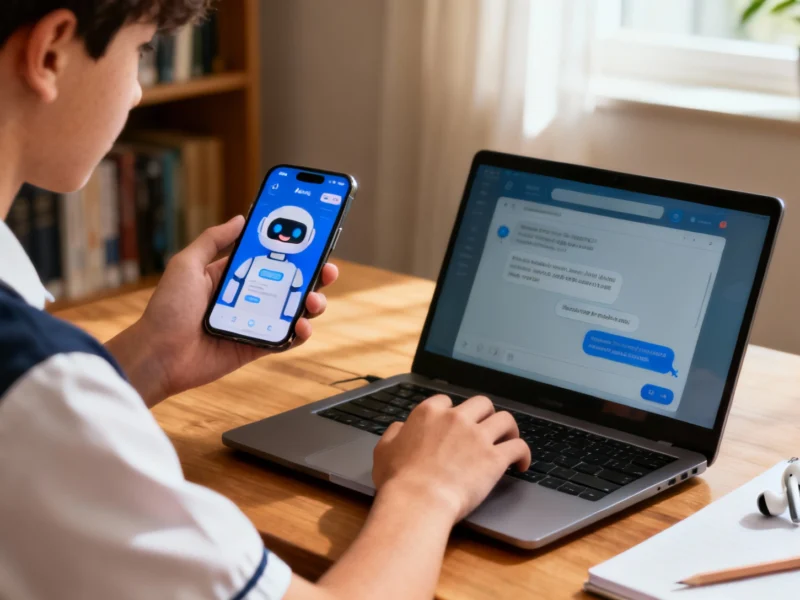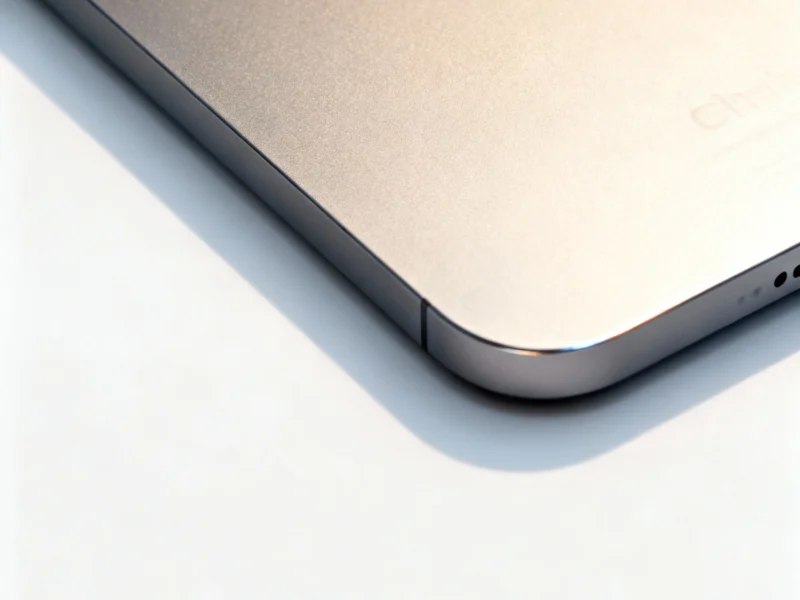Microsoft has set the stage for what could be a transformative moment in personal computing with an official teaser from the Windows X account confirming a Thursday reveal. The company’s subtle hints strongly suggest a major push toward voice-first interaction, building on months of development in Windows 11 voice features and AI capabilities.
The Official Teaser and Announcement Timeline
Microsoft’s official communication channels have confirmed a significant Windows announcement scheduled for Thursday, October 16. The teaser from the Windows X account deliberately avoids specific feature details but strongly implies a hands-off approach to computing that aligns perfectly with voice interaction paradigms. This announcement comes as Microsoft continues to evolve its flagship operating system beyond traditional input methods.
What makes this timing particularly significant is how it coincides with multiple voice-related features moving through public testing channels. The company has been systematically laying the groundwork for enhanced voice control across the Microsoft Windows ecosystem, with both Voice Access improvements and Copilot voice activation features reaching advanced testing stages in recent months.
Voice Access Evolution and Natural Language Commanding
The Windows for Business roadmap explicitly mentions “natural language commanding” for Voice Access, signaling a substantial upgrade in how users will interact with their desktop computer systems. This represents a shift from rigid command structures toward more conversational interaction, where users can speak naturally rather than memorizing specific phrases.
Recent Windows 11 Insider Preview builds have introduced crucial refinements to Voice Access, including a “wait time before acting” control that allows users to fine-tune how quickly their voice commands execute. This subtle but important feature addresses one of the most common frustrations with voice control systems—premature execution of commands while users are still speaking or formulating thoughts.
Copilot Voice Activation and Wake Word Integration
Microsoft has been actively testing Copilot voice activation with a “Hey Copilot” wake word for Windows Insiders, as detailed in the official Windows Insider blog announcement. This development represents a critical step toward true hands-free computing, allowing users to summon the AI assistant without touching their keyboard or mouse.
The wake word functionality mirrors approaches taken by other tech giants but integrates deeply with the Windows ecosystem. Unlike standalone voice assistants, Copilot’s integration at the operating system level means it can potentially control any aspect of the Windows 11 experience, from application launching to system settings and file management.
Why This Voice Push Matters for Everyday Computing
The move toward comprehensive voice control in Microsoft Windows represents more than just a convenience feature—it’s a fundamental shift in how users interact with their computers. For the average user, this means reducing the cognitive load of navigating complex menus and remembering keyboard shortcuts. Instead, users can simply speak their intentions using natural language and let the system handle the execution.
Accessibility stands to benefit enormously from these developments. Users with mobility challenges, repetitive strain injuries, or other conditions that make extensive typing difficult will find new independence in voice-controlled computing. The ability to navigate entire applications and system settings through voice commands could transform how many people approach their desktop computer work.
Competitive Landscape and Industry Context
Microsoft’s voice push comes as competitors are also refining their approaches to hands-free computing. Apple offers robust voice control across macOS with minimal wake phrases, while Google is transitioning from Assistant to Gemini on Chromebooks. However, Microsoft’s advantage lies in Windows’ dominant market share and deep integration capabilities across both consumer and enterprise environments.
The timing of this announcement suggests Microsoft is ready to showcase how voice control in Windows 11 can surpass existing solutions through tighter operating system integration and more comprehensive application control. As other technology sectors see significant developments—from major AI investments to renewable energy advancements—Microsoft appears focused on revolutionizing the most fundamental aspect of technology: how humans communicate with their devices.
Practical Implications and Expected Features
Based on Microsoft’s testing and roadmap disclosures, users can reasonably expect several key voice enhancements. A reliable wake word system will enable instant, hands-off summoning of Copilot for tasks like launching applications, setting reminders, or adjusting system settings. Enhanced Voice Access will likely support more natural phrasing patterns and improved dictation accuracy, potentially rivaling dedicated transcription services.
System-level voice shortcuts could revolutionize common computing tasks. Imagine verbally commanding windows to snap into position, controlling media playback across different applications, or initiating screen captures without touching a single key. These capabilities would represent a significant step beyond current voice implementation, moving from basic command recognition to intelligent task execution.
Looking Ahead: The Future of Voice in Windows
Thursday’s announcement could mark the beginning of a new era for Microsoft Windows interaction models. As the company continues to develop its AI capabilities and refine voice recognition technology, we may see a future where voice becomes a primary interface rather than a supplementary one. This evolution aligns with broader industry trends toward more intuitive, natural human-computer interaction.
While specific details remain under wraps until Microsoft’s official reveal, the combination of teaser content, Insider build features, and business roadmap disclosures strongly points toward a comprehensive voice control system that could fundamentally change how millions interact with their computers every day. As with other technological shifts documented across various sectors—from healthcare policy impacts to social media trends on platforms like Threads—this Windows voice initiative represents another step in the ongoing evolution of how technology integrates into daily life.



